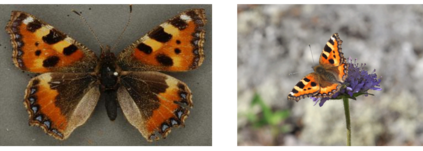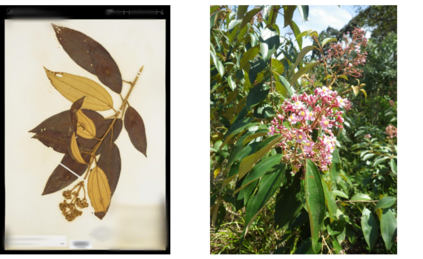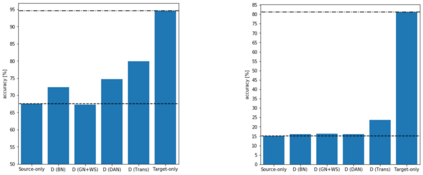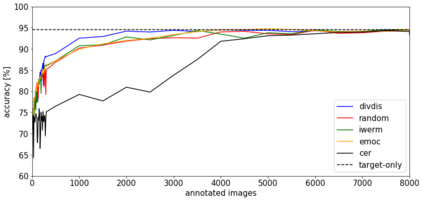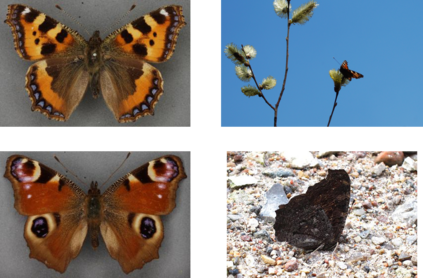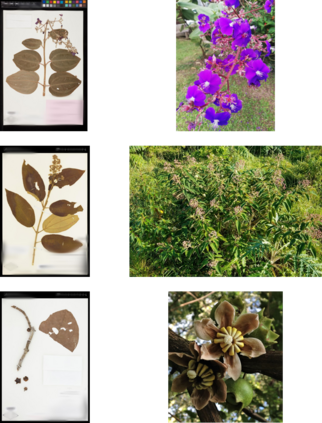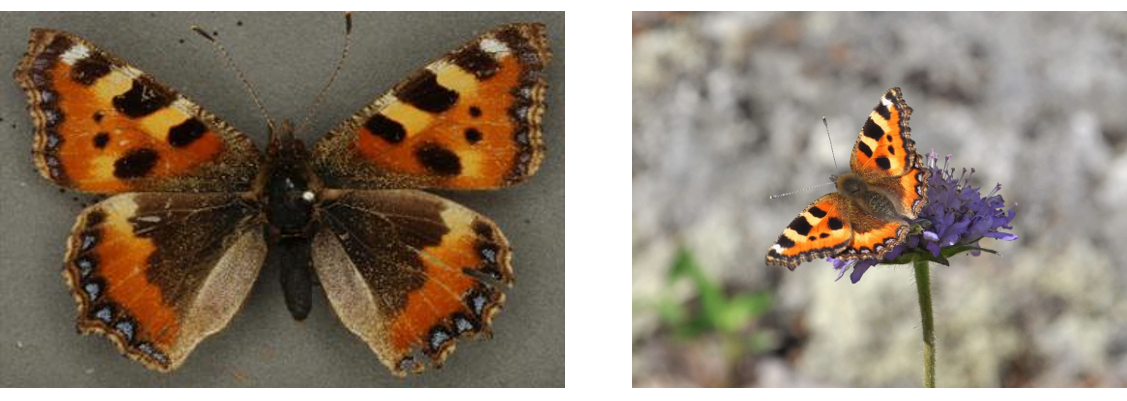Deep-learning methods offer unsurpassed recognition performance in a wide range of domains, including fine-grained recognition tasks. However, in most problem areas there are insufficient annotated training samples. Therefore, the topic of transfer learning respectively domain adaptation is particularly important. In this work, we investigate to what extent unsupervised domain adaptation can be used for fine-grained recognition in a biodiversity context to learn a real-world classifier based on idealized training data, e.g. preserved butterflies and plants. Moreover, we investigate the influence of different normalization layers, such as Group Normalization in combination with Weight Standardization, on the classifier. We discovered that domain adaptation works very well for fine-grained recognition and that the normalization methods have a great influence on the results. Using domain adaptation and Transferable Normalization, the accuracy of the classifier could be increased by up to 12.35 % compared to the baseline. Furthermore, the domain adaptation system is combined with an active learning component to improve the results. We compare different active learning strategies with each other. Surprisingly, we found that more sophisticated strategies provide better results than the random selection baseline for only one of the two datasets. In this case, the distance and diversity strategy performed best. Finally, we present a problem analysis of the datasets.
翻译:深层学习方法在一系列广泛的领域,包括精细的识别任务,提供了无超越的承认性表现。然而,在大多数问题领域,缺少附加说明的培训样本。因此,转移学习的题目特别重要。在这项工作中,我们调查在生物多样性背景下,如何利用未经监督的域适应来进行细微识别,以便学习基于理想化培训数据的真实世界分类器,例如保存的蝴蝶和植物。此外,我们调查了不同正常化层(如与Weight标准化相结合的集团正常化)对分类器的影响。我们发现,对精细的识别来说,领域调整非常有效,正常化方法对结果有很大影响。使用域适应和可转移的正常化,分类器的准确度可以提高到12.35%,而比基线还要高。此外,在区域适应系统的同时,还积极学习了改进结果的内容。我们比较了不同的积极学习战略对分类器的影响。我们发现,更复杂的战略提供了比随机选择基线更好的结果。我们最后选择了两种数据,只有一种是随机选择模型。

